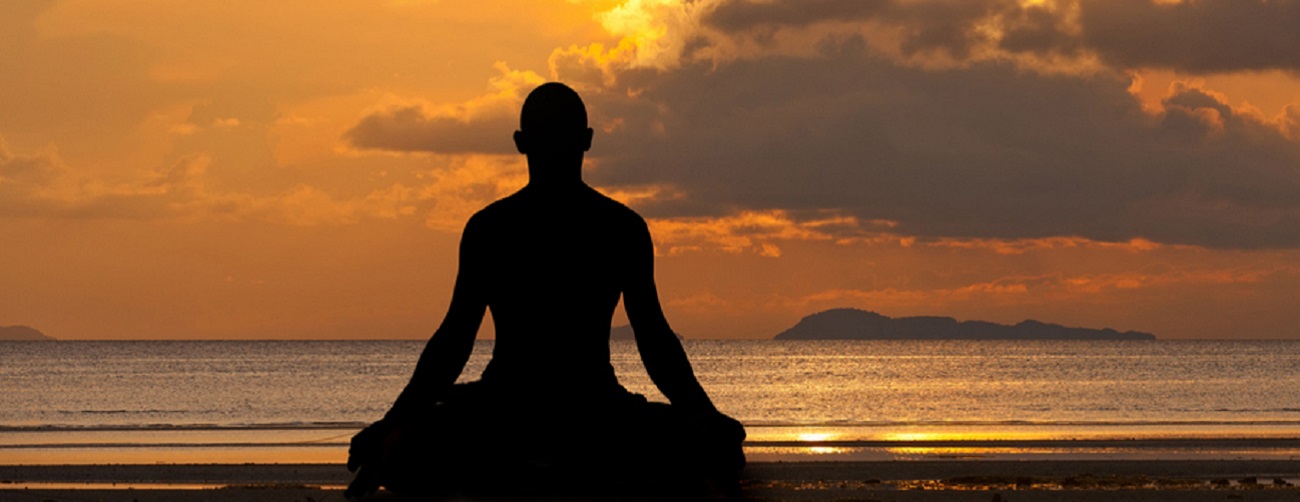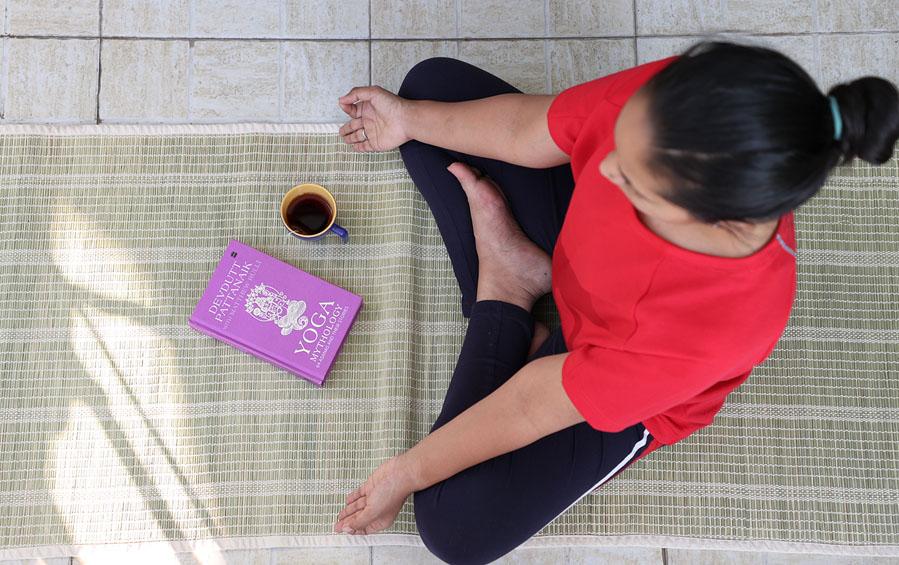One of the oldest sciences in the world, Yoga originated in India. it is a science of exercise and healing which passed along from teacher to student through oral tradition and physical practice.
Translated from Sanskrit, the classical language of India, the word “yoga” means “union,” or “to yoke or join.” This union is about the individual consciousness joining with something greater—some may call that God, the divine, or universal consciousness. We also refer to yoga as the union of body, mind and spirit—a union we can reach through the yoga practices of specific postures (asanas), breathing exercises (pranayama), relaxation techniques (pratyahara and dharana) and meditation (dhyana).
The aim of Yoga is to reach nothing or nothingness. In Sanskrit, the language of Yoga, the word, ‘Shunya’ nothing is synonymous with other words like zero, emptiness, stillness. The initial starting point in Yoga moves from the manifest world, the something, towards the internal quiet realm of nothing. Experiencing nothingness or emptiness is the experience of a state of Yoga. Thus the aim of Yoga is Self-realization, to overcome all kinds of sufferings and emptying one’s mind from impressions and thoughts leading to ‘the state of liberation’ (Moksha) or ‘freedom’ (Kaivalya).
Yoga’s Origin

Yoga’s origins can be traced to northern India over 5,000 years ago. The word yoga was first mentioned in ancient sacred texts called the Rig Veda. The Atharva veda mentions `breath control’, but it is not possible to pin down exact dates because the Vedas were passed down orally. But much before this—2700BC—several seals depicting Yoga asanas were found in the Indus-Saraswati civilization. The figure on the Pashupati seal – the most well-known seal of the Mohenjo-daro – is seated in a difficult Yoga Asana.
The main sources that provide information about Yoga and associated literature are available in the Vedas, Upanishads, Smritis, teachings of Buddha, Panini, the epics, the Puranas, etc.
Photo Source: Wikipedia
First Yogi & Sapta Rishi
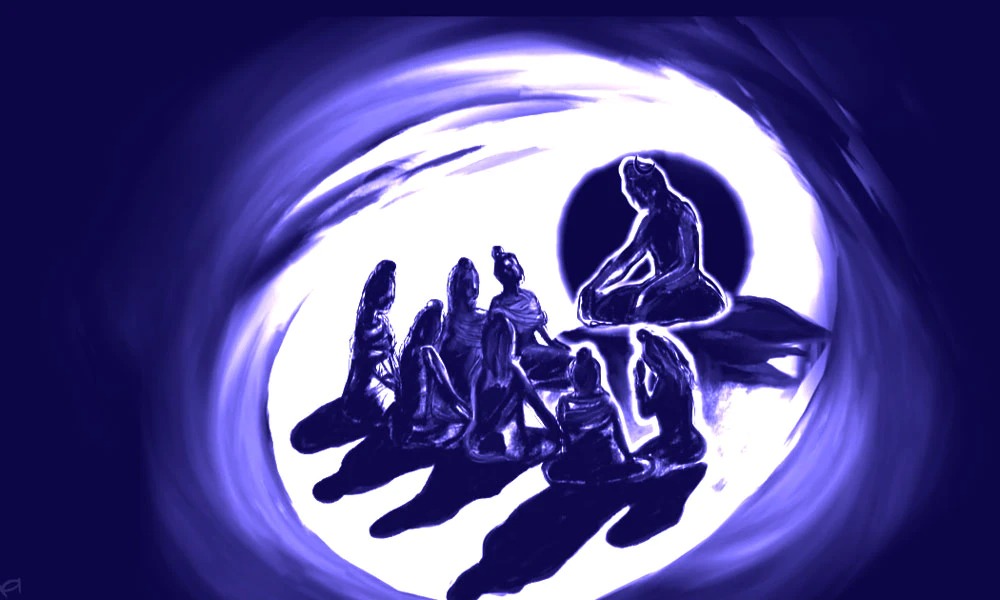
According to Yogic Culture, Shiva is seen as the first yogi or Adiyogi and the first guru or Adiguru.
It is believed that several thousand years ago, on the banks of lake Kantisarovar in the Himalayas, Adiyogi poured his profound knowledge into the legendary Saptarishis or “seven sages”. These sages carried this powerful Yogic science to different parts of the world. However, it was in India that the Yogic system found its fullest expression. Agastya– one of the Saptarishis who travelled across the Indian subcontinent, crafted this culture around a core Yogic way of life.
Patanjali – The Father of Modern Yoga & Ashtanga Yoga
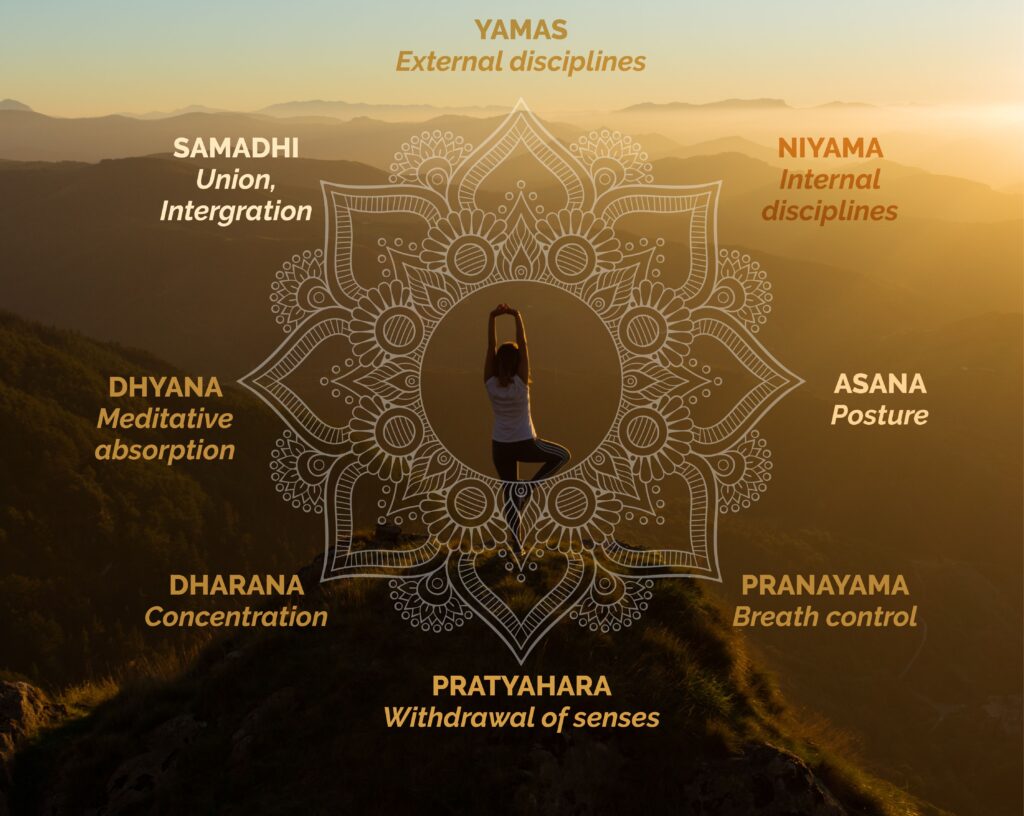
While the history of yoga goes far back in time, the physical aspects of the yogic practice were first detailed by the great Sage Maharshi Patanjali (2nd century BCE or 5th century CE) in his Yoga Sutras(Aphorisms on Yoga) – one of the most important texts in the Indian tradition and the foundation of classical Yoga.
In Yoga Sutras Patanjali has formulated Yoga as a Eight Limbs or Eight Fold path – Ashtanga yoga. According to Patanjali, the path of internal purification for revealing the Universal Self consists of the following eight spiritual practices:
These eight limbs are
- Yama (Principles or moral code)
- Niyama (Personal Disciplines)
- Asana (Yoga Positions or Yogic Postures)
- Pranayama (Yogic Breathing)
- Pratyahara (Withdrawal of Senses)
- Dharana (Concentration on Object)
- Dhyan (Meditation)
- Samadhi (the union of individual consciousness with that of the Universal Consciousness).
Hatha Yoga
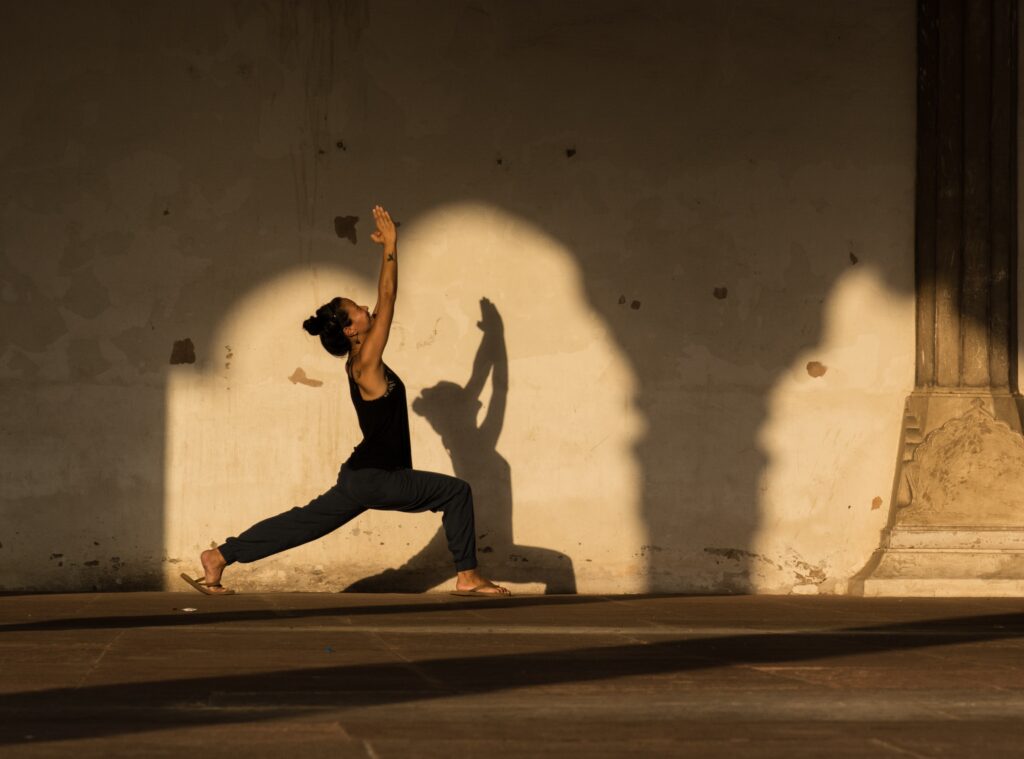
A new regimen of yoga called Hatha yoga – the “yoga of forceful exertion” traces its origins especially to Gorakhnath, the legendary saint who was the influential founder of the Nath Hindu monastic movement in India (c. 1300 CE). Hatha Yoga is a preparatory process of Yoga. Hatha yoga is defined as ‘the means of attaining a state of yoga through force’. Hatha yoga system includes the practice of asanas (yoga postures) and pranayama (breathing exercises), which help bring peace to the mind and body, preparing the body for meditation.
The Surya Namaskar is one of the most important asanas in yoga practice and is the core of yoga. Hatha Yoga Sun Salutation – a series of 12 poses of Surya Namaskar is the ultimate asana that strengthens the back and muscles of the body. Worshiping the Sun-God or Surya gives a sense of bliss and it also has its own deep history, spread all over the world.
Buddhism – Mindfulness Meditation – Yoga
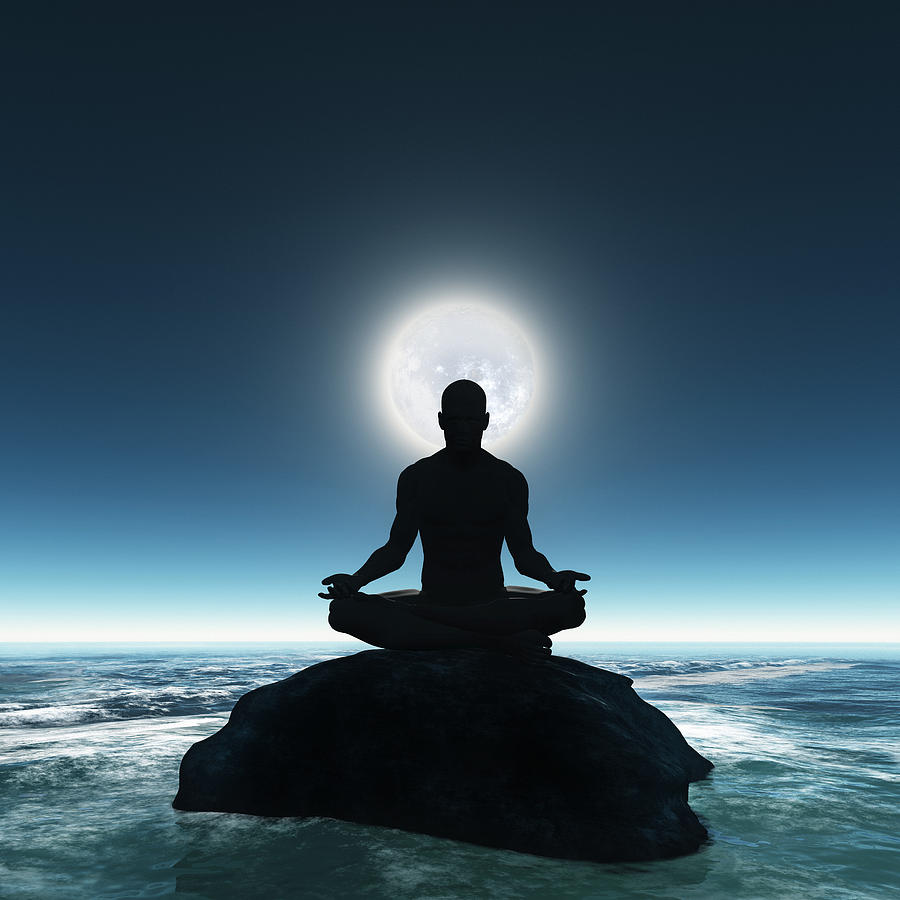
Yoga in its more ancient roots involved very little reference to movement or postures and placed a greater emphasis on stillness, a focus on breathing, and being present with the body at that moment. Siddhartha Gautama studies the yogic processes. Around the 6th to 5th centuries BCE, other forms of meditation developed in Buddhist India. Mindfulness in this context has also been traced back to Buddhism which includes a strong focus on breathing and self-awareness. Dhyana in early Buddhism also takes influence on Vedanta by ca. the 4th-century BCE. It is Siddhartha Gautama’s teachings on which Buddhism was founded.
DARBHA GRASS for Meditation & Yoga
Enjoy Yogasanas naturally! It is believed that Darbha grass helps in retaining energy, during meditation, from being discharged through our body (mostly through legs and toes) into ground, when such a mat is used underneath. Darbha grass is found along river beds and plains throughout India and is well known for their medicinal properties as supported by traditional Ayurvedic scriptures. The Rig Veda recommends it for use in sacred ceremonies. Darbha grass mat is specifically recommended by Lord Krishna in the Bhagavad Gita as part of the ideal seat for meditation. According to early Buddhist accounts, it was the material used by Buddha for his meditation seat when he attained enlightenment under the Bodhi tree. Our eco-friendly Darbha Grass yoga mat is handmade in the region of India where yoga has its origins. ORDER OUR DARBHA GRASS YOGA MAT HERE!


